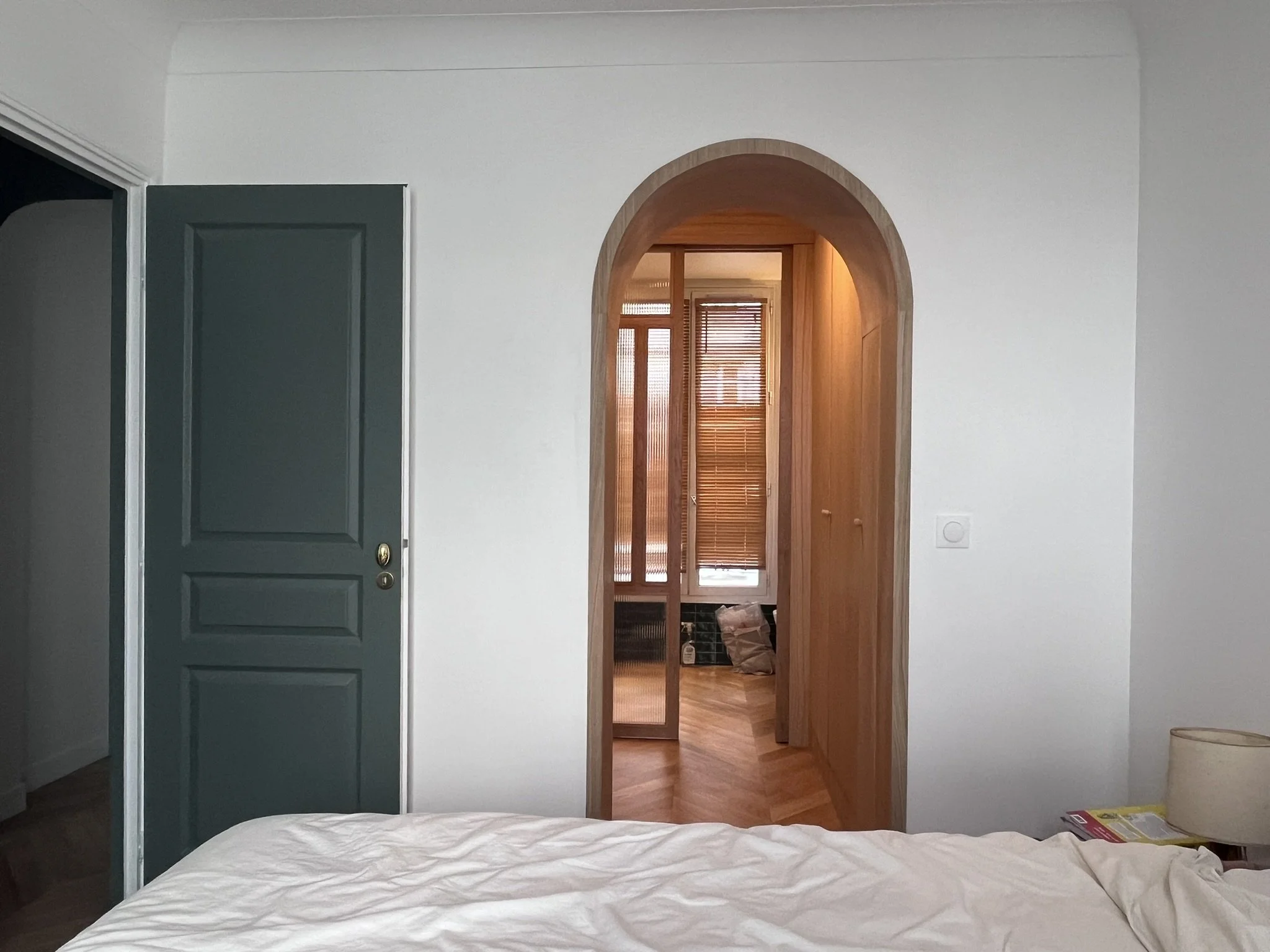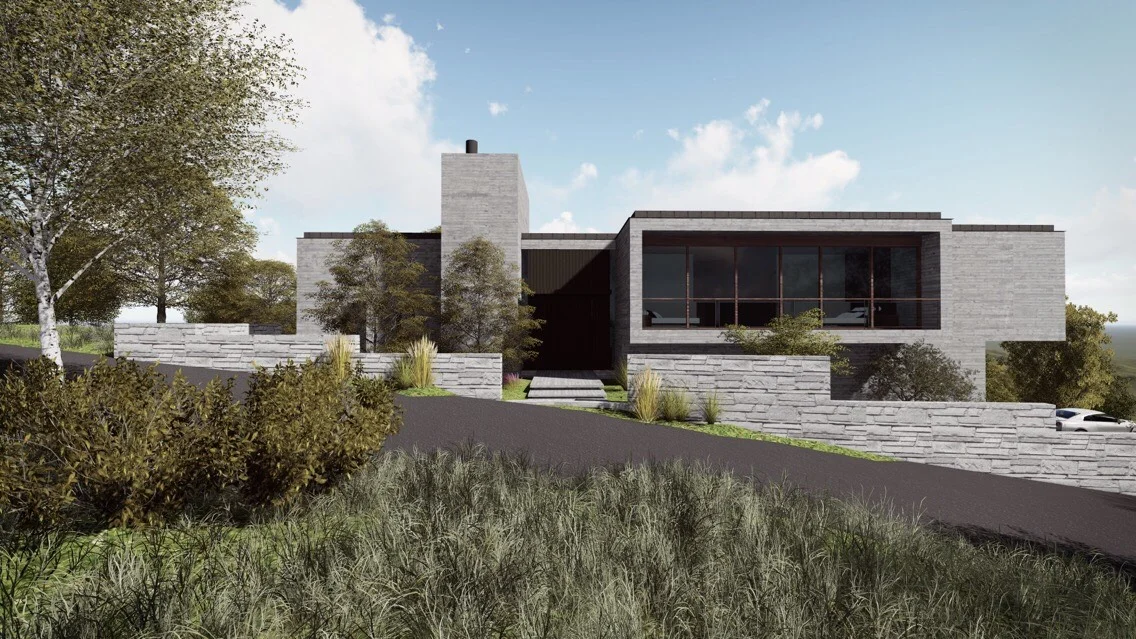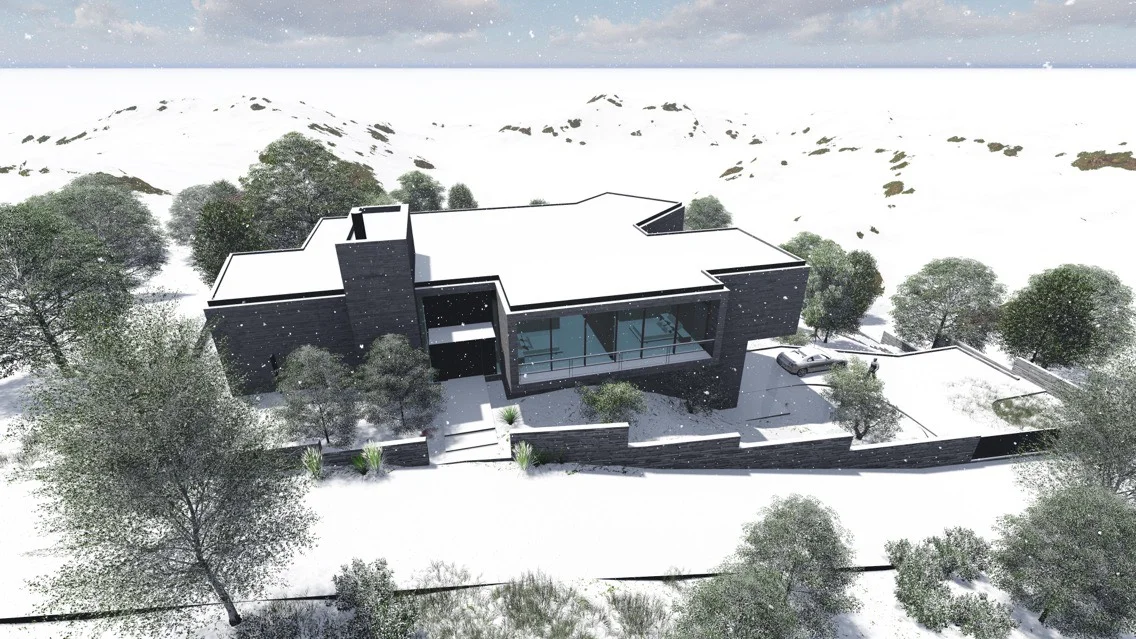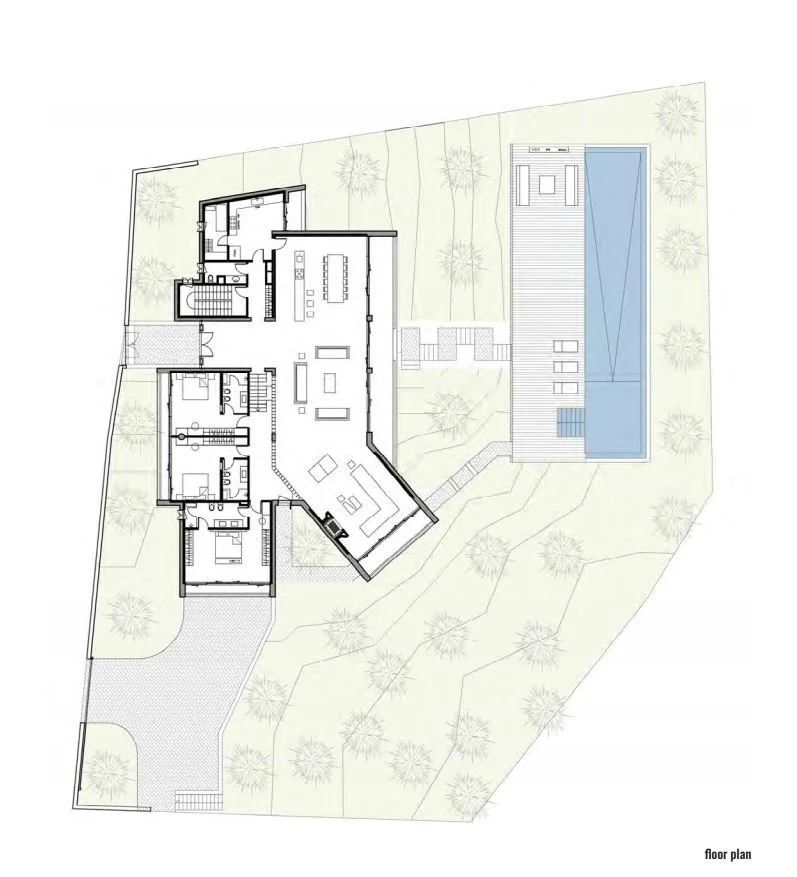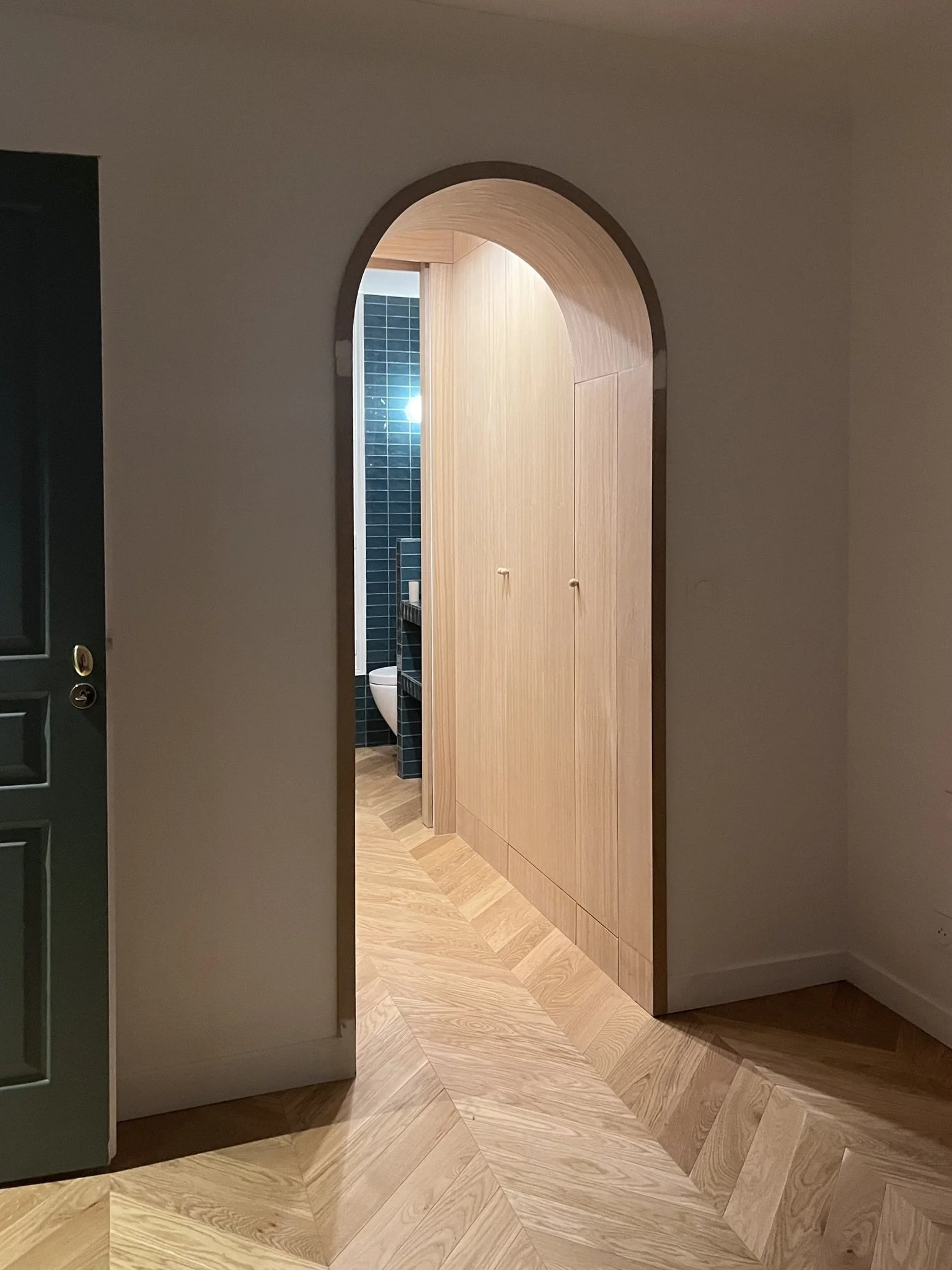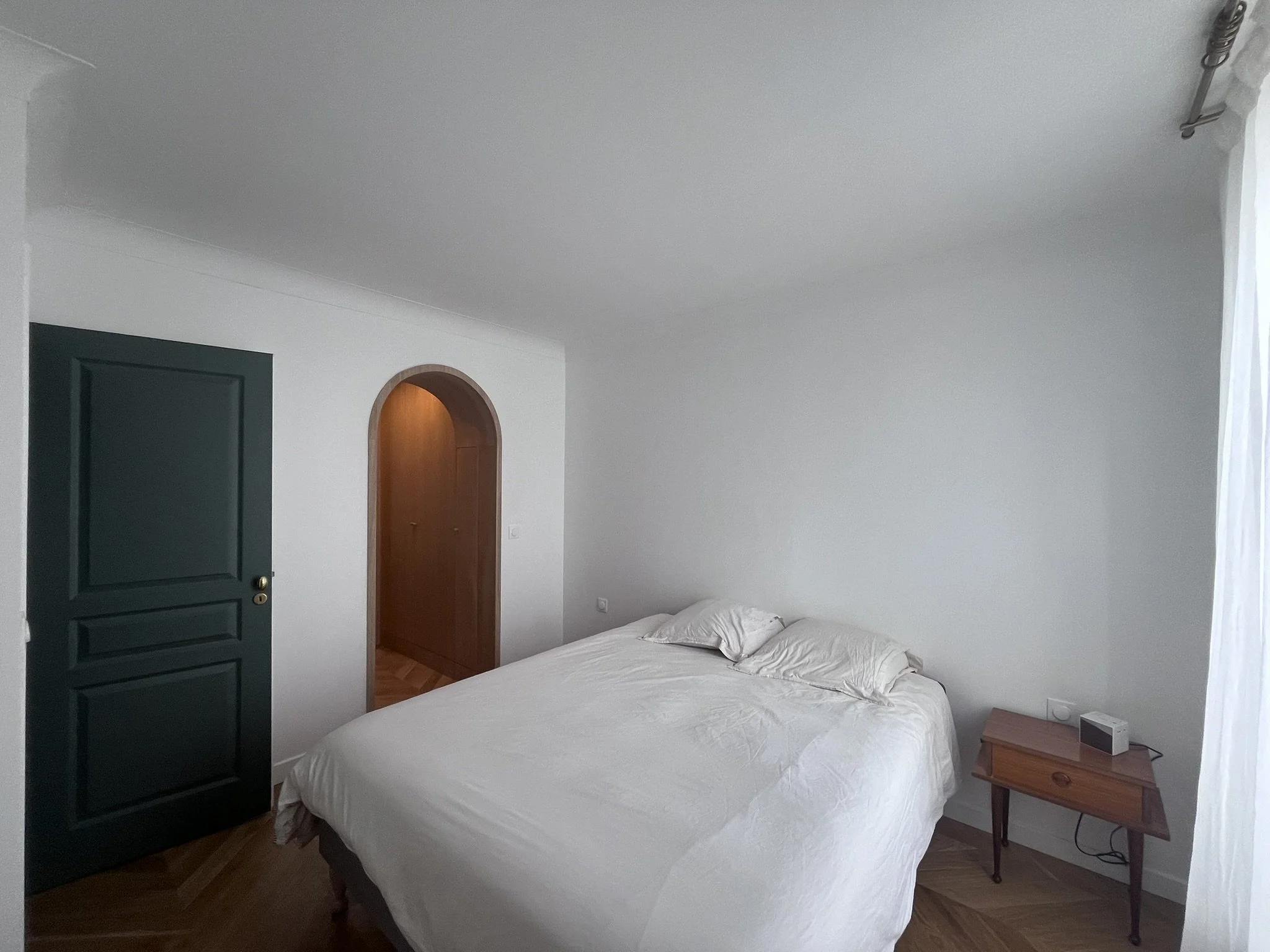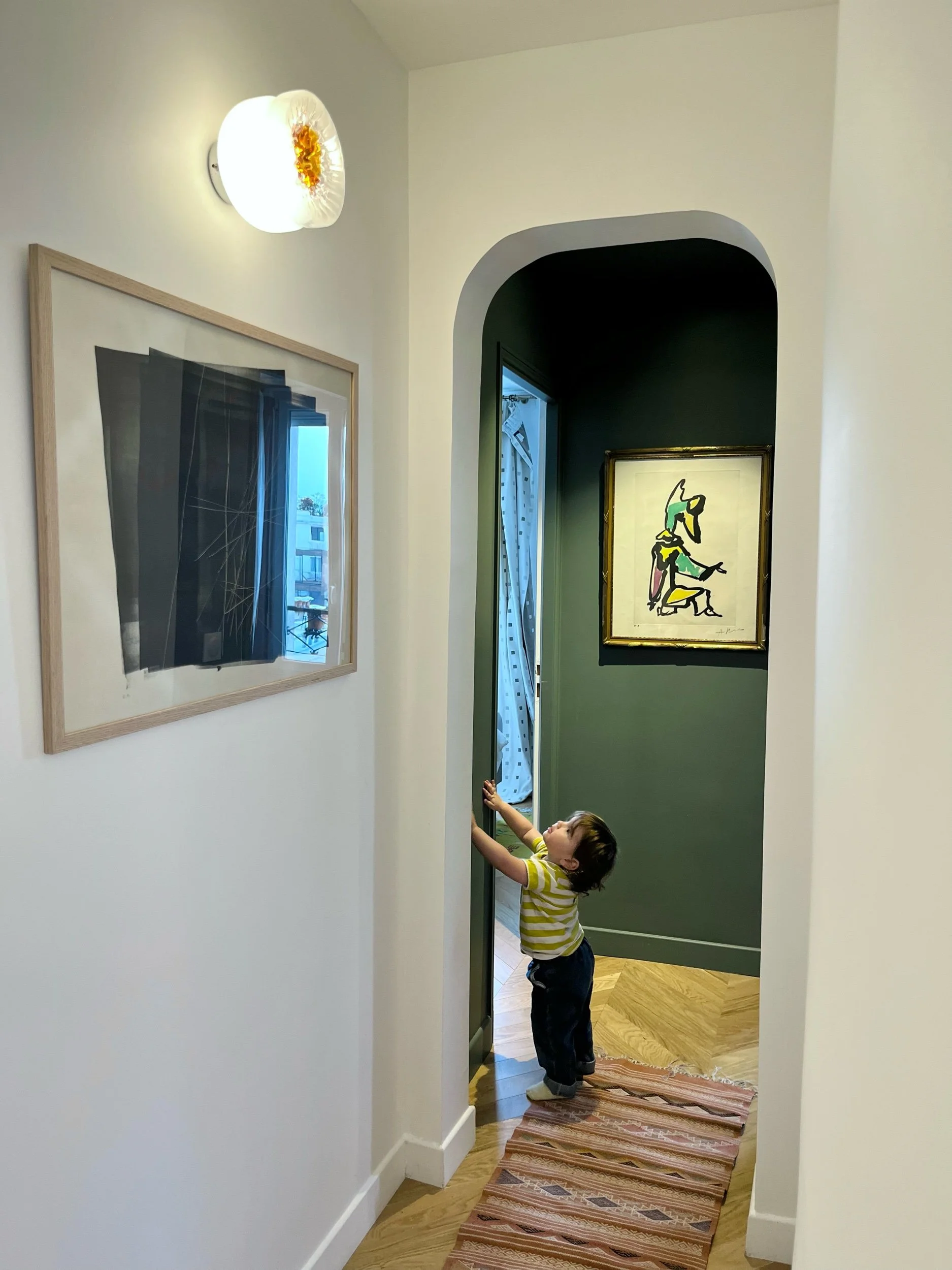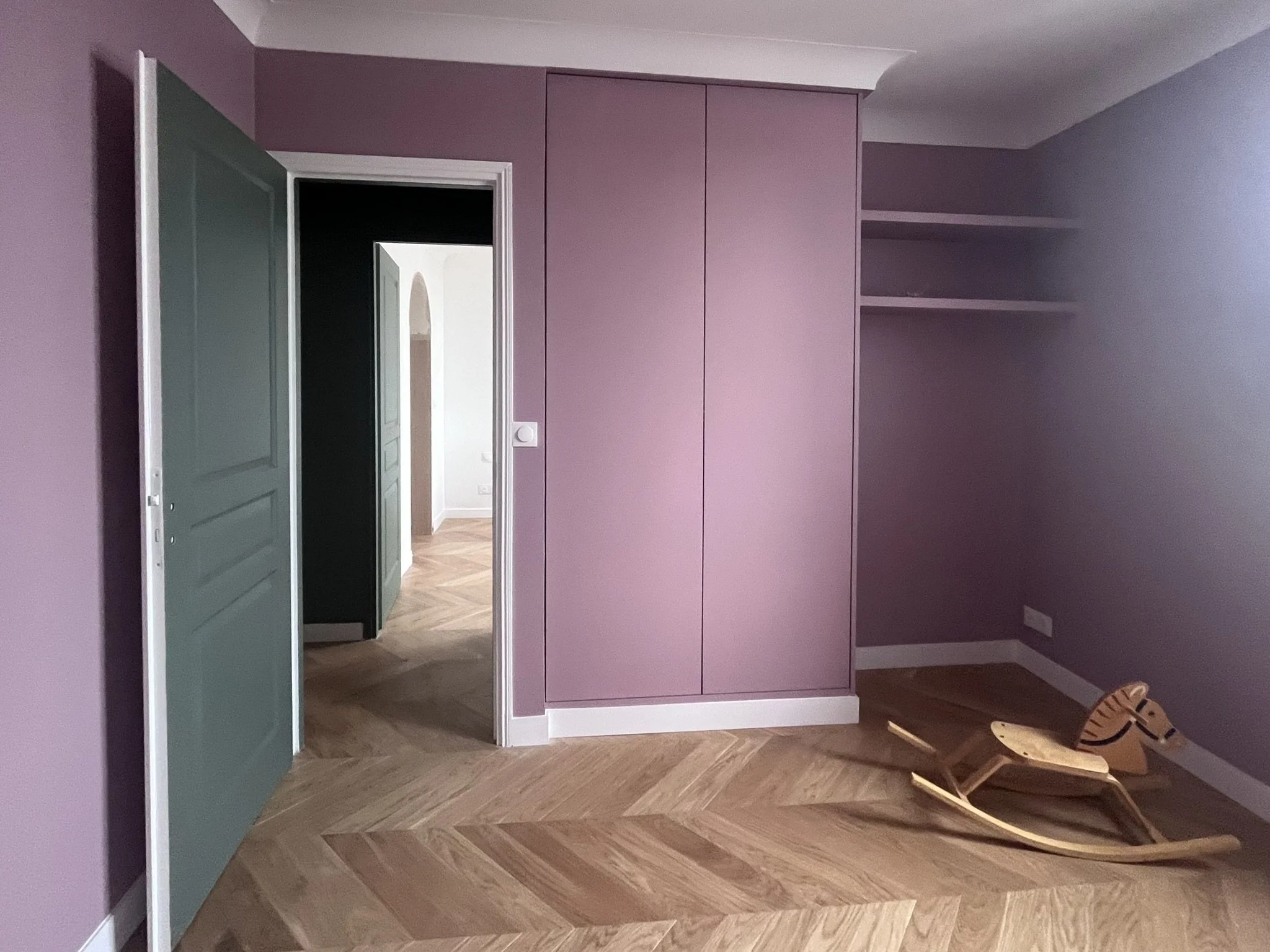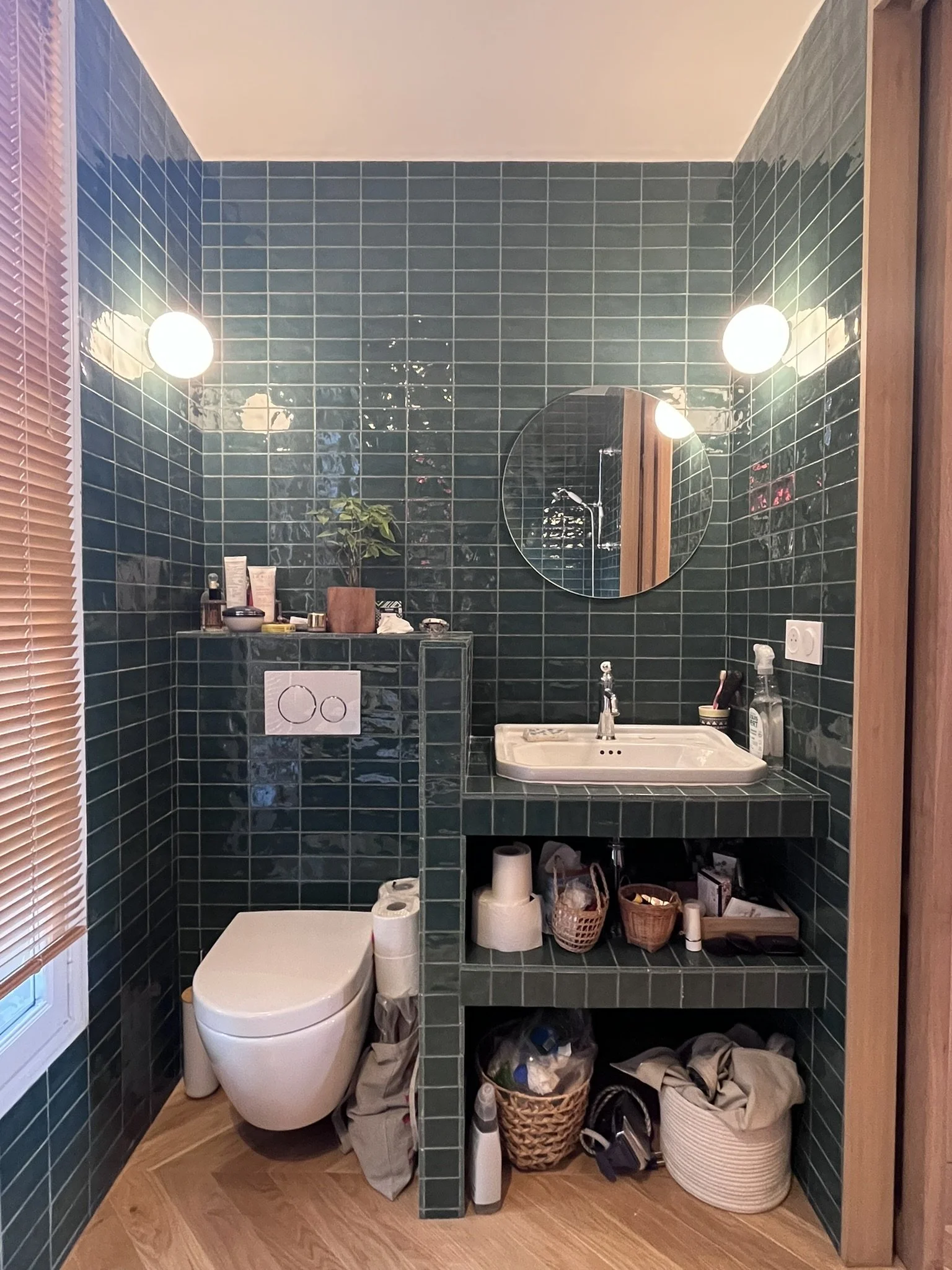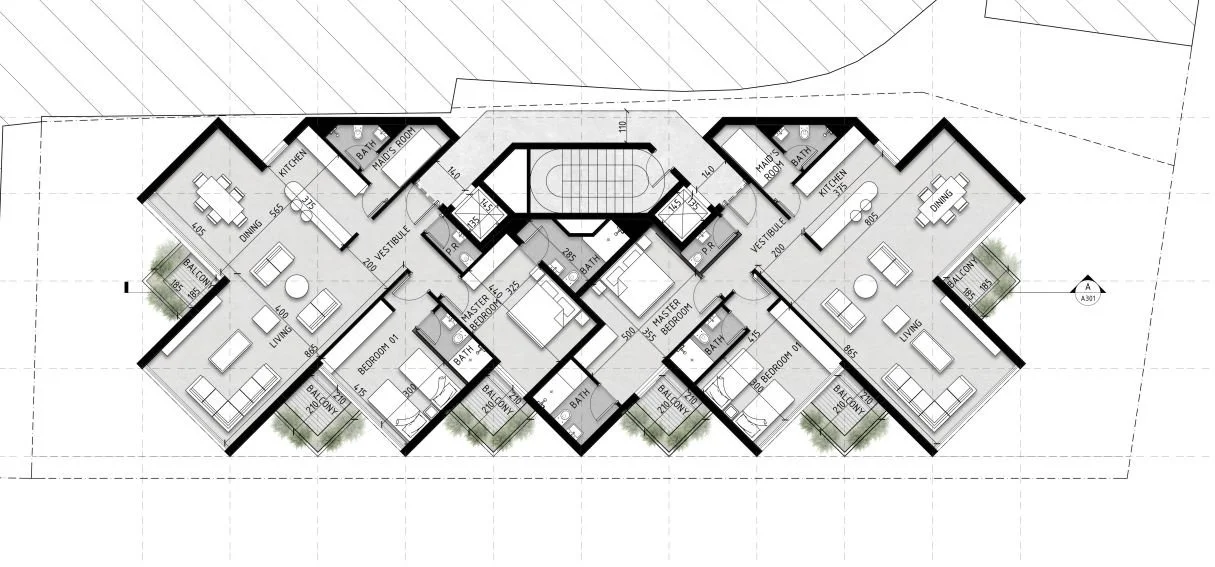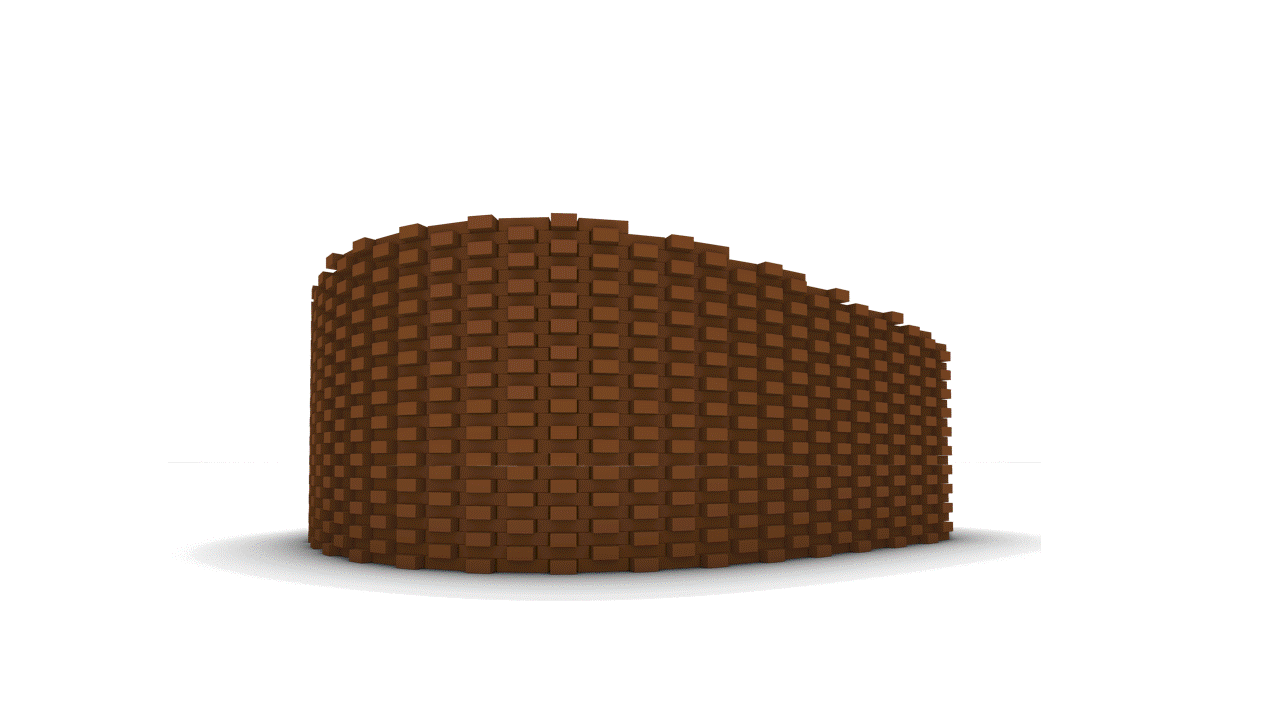January 2021
Construction with bricks has existed since ancient times. Architects have explored infinite methods for construction and bricklaying styles. Still this modular piece is widely used until our time in different parts of the world, for construction projects of all scales. With the advancement of technology, architects and engineers started to explore alternative ways of using computer-generated designs where complexity can be managed in a way that was impossible without the help of computer power. Thus, new design solutions and construction methods started to emerge.
Still, when it comes to computational design with bricks, various territories are yet to be explored. Whether it is in the aesthetic outcomes of using computation for brick walls or adapting data driven solutions to generate designs and even in using the power of technology to manage the design and construction of complex shapes.
This project explores several aspects of computational design with bricks, including performance driven design approaches using weather data, leading to the conception of a bioclimatic bricks pavilion to be showcased for an exposition at “Lille world capital of design 2020”.
Throughout this research, we tried to explore the advantages of using data in the favor of architectural design and construction, whether it is in developing algorithms for brick laying or in the use of weather data to generate forms. We were able to come out with climate and context aware architectural solutions that contribute even if at a small scale to the effort for the fight against global warming, by using natural elements to enhance comfort and reduce the use of materials and resources.
Based on the results from the wind comfort map generated from outdoor comfort algorithm, we can decide the most efficient location to set out the pavilions.
The use convex shaped geometries help augment the diffuse and reflective radiations/MRT and therefore enhance the comfort hours for a cold climate region like Lille.
Then, using the created bond generator algorithm, we generate a perforated pattern brick wall based on the Flemish bond, where perforation only occur over the groups of bricks with the header facing the wall.
Finally, we perform the perforation based on the mesh data provided by shades benefits. With this, only beneficial sun rays can filter inside the space where the rest of the wall can stay opaque, and contribute in reducing the wind speed and augment the MRT.

